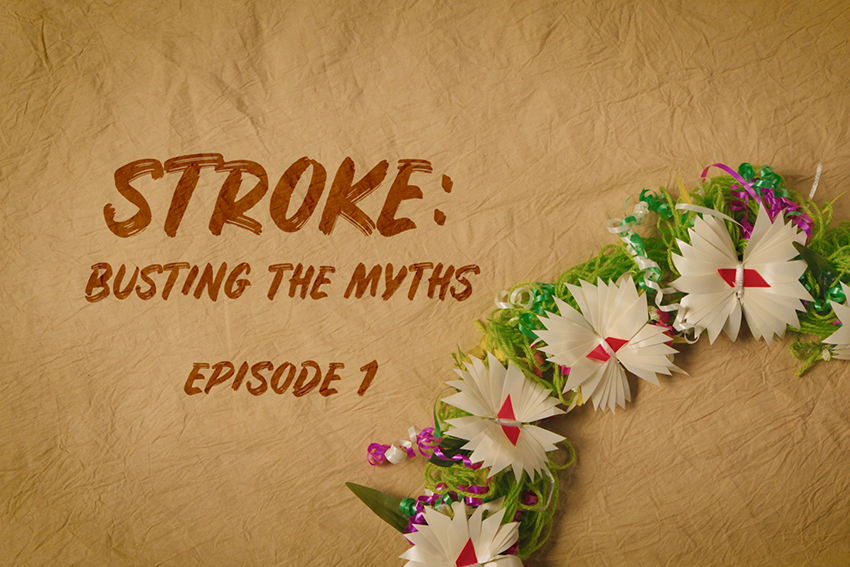Pacific language videos: Rotuman

To mark the start of Rotuman Language Week in Aotearoa, Auckland University of Technology has launched the first of nine episodes in this year’s Pacific Language Week series, highlighting facts surrounding stroke in Aotearoa and around the world.
Narrated in Rotuman (with English subtitles), this video looks at what a stroke is, the different types of stroke, and what individuals can do to reduce their risks.
The video encourages the use of the free Stroke Riskometer mobile app developed by Professor Valery Feigin, Professor Feigin, Director of the National Institute for Stroke and Applied Neurosciences at AUT, to assess their individual risk of stroke and undertake efforts to reduce the risk.
The app also been endorsed by the World Stroke Organisation, the World Heart Foundation, the World Federation of Neurology, and the European Stroke Organisation.
Professor Feigin says many not familiar with stroke will often confuse this disease to be one of the heart, rather than the brain.
“In actual fact, a stroke is usually caused by a sudden disruption of blood supply to the brain, or sometimes by bleeding,” explains Professor Feigin.
“Given that stroke shares risks with multiple other non-communicable diseases including heart attack and dementia, and even contributes to severity of COVID-19 infection, mitigating just the risk of stroke could significantly promote health and wellbeing of people.
“There are several things you can do to reduce your risk of stroke, including getting your blood pressure checked regularly, consuming less salt in your diet, exercising more often, avoiding smoking, and recognising the main signs of stroke,” says Professor Feigin.
Release dates
To watch each video in the 2022 AUT Pacific Language Videos: ‘Busting the myths around stroke’ as it is launched, follow the ‘Pacific at AUT’ Facebook page or watch on YouTube. The AUT Pacific Language Weeks project is supported by the Pacific Media Network.
- Samoa Language Week: Sunday 30 May – Saturday 5 June 2021
- Kiribati Language Week: Sunday 11 July – Saturday 17 July 2021
- Cook Islands Language Week: Sunday 01 August – Saturday 07 August 2021
- Tonga Language Week: Sunday 5 September – Saturday 11 September 2021
- Tuvalu Language Week: Sunday 26 September – Saturday 02 October 2021
- Fijian Language Week: Sunday 3 October – Saturday 9 October 2021
- Niue Language Week: Sunday 17 October – Saturday 23 October 2021
- Tokelau Language Week: Sunday 24 October – Saturday 30 October 2021